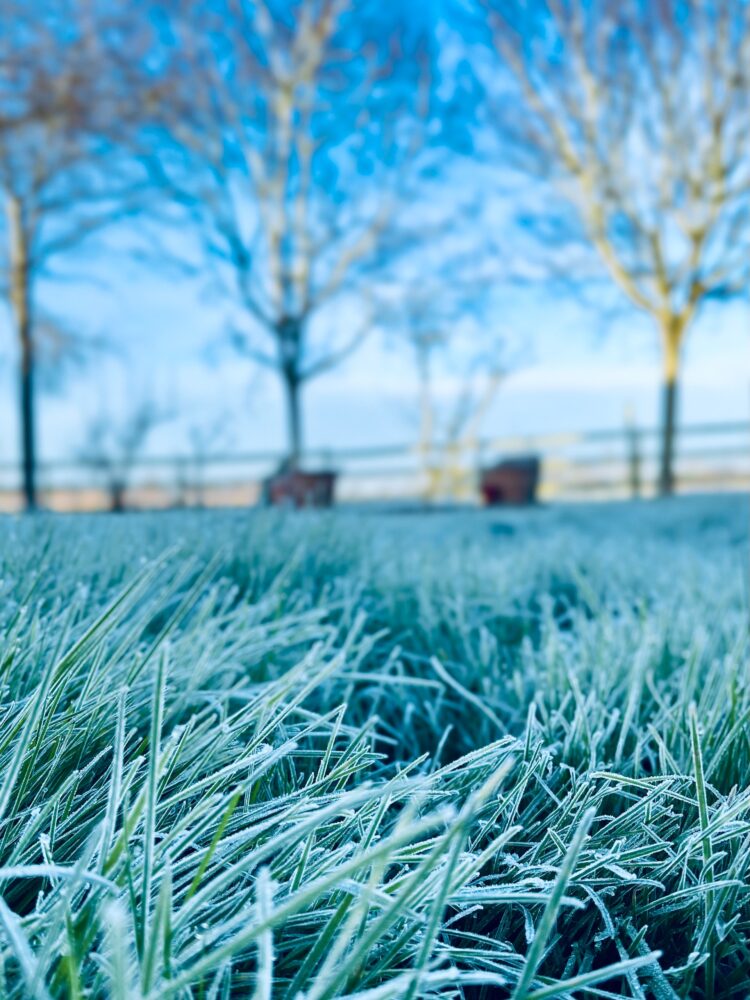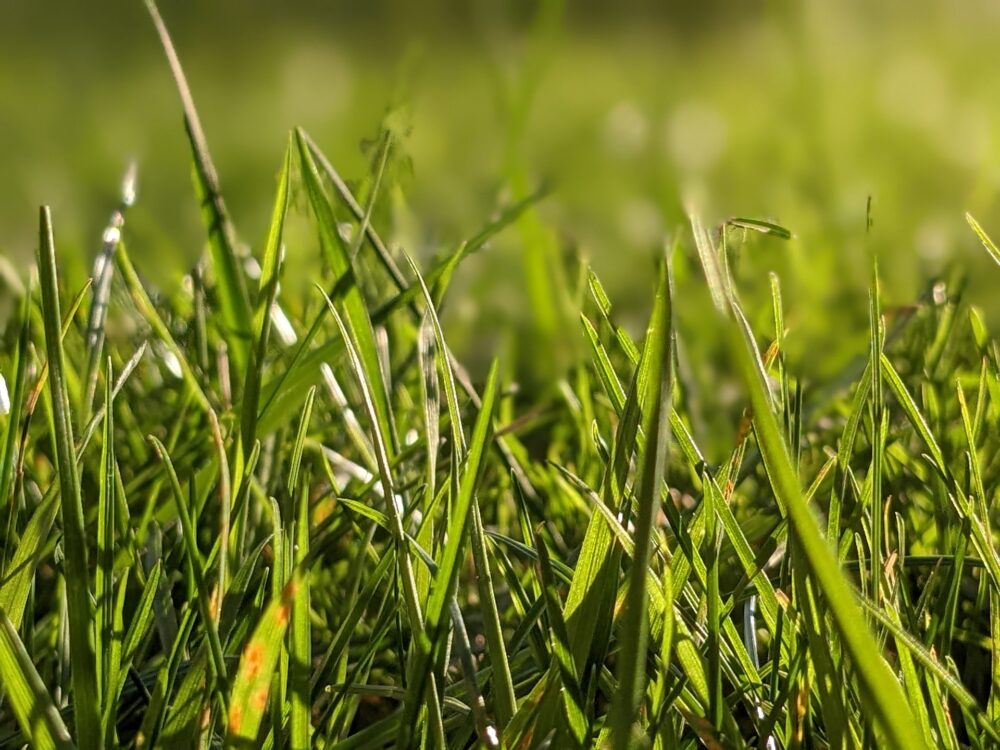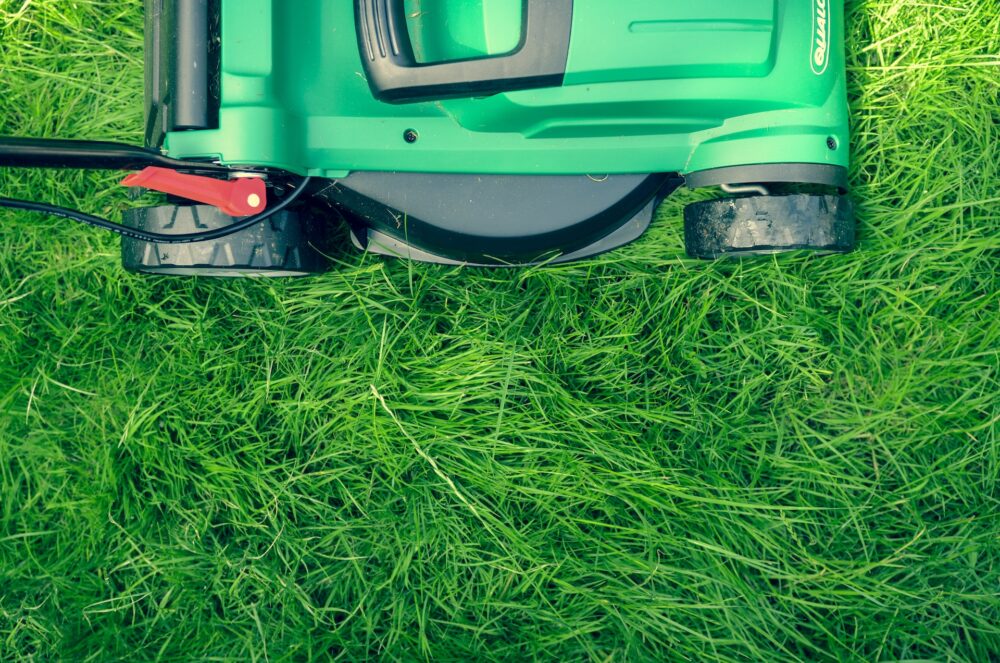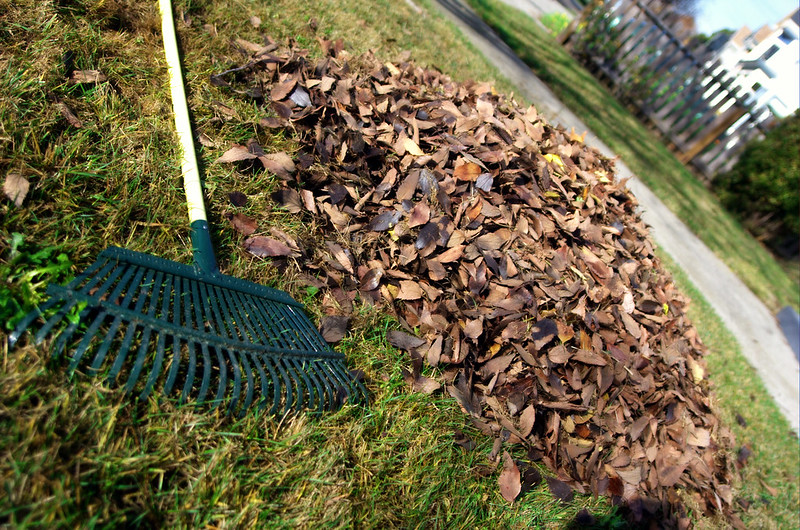Lawn Calendar: How to Look After Your Lawn
In this blog, we’ve put together some pointers for those of you who want to ensure your lawn remains in tip-top condition throughout the year.

Before we begin… a warning: most people do not follow this lawn care calendar down to the last letter. If you lead a busy life, it can be a struggle to keep up with mowing the lawn, let alone anything else! So the aim of this is to provide a useful rule of thumb – you won’t necessarily do everything that’s on the list, but it’s a guide to what you should or could be doing and when.
You might also be interested to read our ‘what, why, how, when’ blog post on some of the most common lawn care activities – fertilising, scarifying, hollow tine spiking, etc. And if you have a particular problem identifying and/or knowing how to fix a particular lawn problem, we suggest you take a look at this handy section on the Rolawn website. We also have a useful blog on how to look after your new lawn, if you’ve just had new turf laid.
December / January / February
- Keep off the lawn if possible during wet or frosty weather, or when the lawn is covered with snow
- Keep free from leaves and debris
- Aerate in January if the weather is suitable
- Cut on a high setting in February if possible (call it a ‘New Year’ hair-cut!) – to keep things tidy

March
- Lightly roll
- Start mowing in earnest and gradually reduce the mowing height. Use a grass box.
- Remove debris
- Apply spring/summer fertiliser (if in doubt, check packet instructions!)

April
- Depending on the weather and the type of fertiliser you use, you may wish to re-apply fertiliser in April.
- Apply weed and moss killer if needed
- At this time of year, you may need to mow more frequently, as the grass starts growing more rapidly.

May
- Scarify to remove thatch (dead grass lying at the base of the grass).
- Over seed and top dress lawn if required, to bolster any sparse areas of grass
- Continue mowing.
- Roll and fertilise if required

June / July / August
- Continue mowing.
- If you must keep the grass green at all times, water during dry spells. However, do note that lawns are very resilient and will recover no matter how brown they turn in a drought. Since water is a scarce resource, watering lawns simply to keep them green is actually quite the opposite of green, particularly given that they will recover all on their own over time.
- Continue routine clearing, raking to clear cut grass clippings, rolling
- Apply final summer fertiliser in August

September
- The lawn should begin to need less mowing; gradually raise the height of cut.
- Hollow tine spike the lawn if the ground is compacted, and over seed and top dress as necessary.
- Scarify lightly.
- Apply autumn feed.

October
- Regular mowing slowly turns into mowing when necessary.
- Keep the lawn free from leaves and debris.

November
- Perhaps the odd last cut or two.
- Last opportunity to apply autumn fertiliser.

Phew; whoever would think that a patch of grass involved so much work! Don’t forget – this is a rule of thumb, not ‘if you don’t do all of the above, your lawn will die’. Remember to find time to enjoy your lawn as well as work on it!
If you require further information, the RHS website (www.rhs.org.uk) has plenty of advice, as do the websites of some of the main turf suppliers (e.g. Rolawn, Inturf, Spooners).
Photo Credits:
“Fall Labors” by CarbonNYC [in SF!] is licensed under CC BY 2.0.